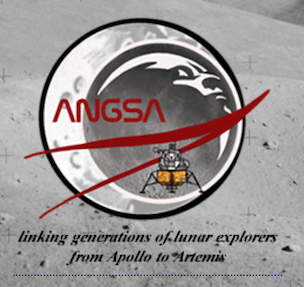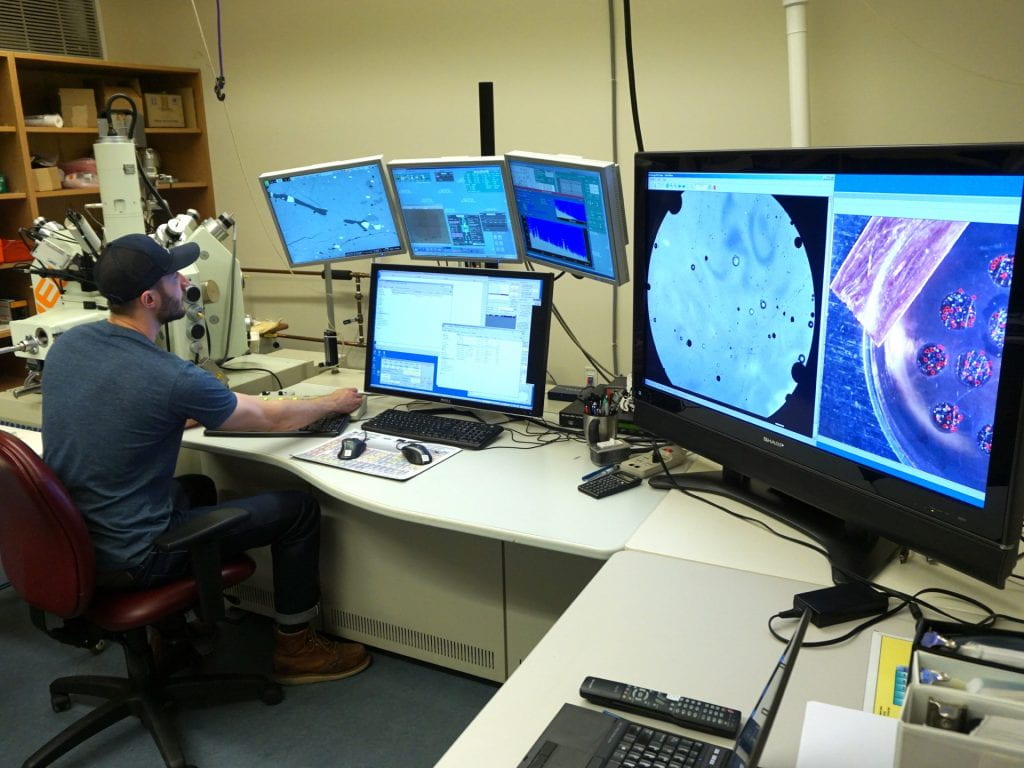ANGSA: Chemistry of the Apollo 17 Drive Tube 73002



We are participants in NASA’s Apollo Next Generation Sample Analysis (ANGSA) project, working with the Consortium for the Advanced Analysis of Apollo Samples (CAAAS), led by PI Charles “Chip” Shearer at the University of New Mexico.
As part of the consortium, we are analyzing the chemistry of the 73001/73002 drive tube, the bottom portion of which was sealed on the Moon under vacuum immediately after collection by the astronauts. This work is being carried out by graduate research associate Mason Neuman, working in Prof. Kun Wang’s ICP-MS lab and Prof. Jolliff’s fused bead lab and the Electron Microprobe lab.
Next Gen sample analysis by a Next Gen researcher
Graduate Research Associate Mason Neuman at Washington University in St. Louis doing solution chemistry on interval samples of regolith from 73002 upper drive tube (upper left), analyzing the solutions using the iCap-Q ICP mass spectrometer (lower left), making fused beads of small aliquots (upper right) for analysis with the electron microprobe (lower right).
Results


We interpret the data in terms of lithologic component mixing, as shown here.
- Error-weighted, linear-least-squares approach that minimizes the sum of squares of residuals from Korotev and Kremser (1992).
- 4 mixing components best explain sample compositions:
- Apollo 17 high-Ti mare basalt
- Noritic Impact-Melt Breccia
- Anorthositic Norite
- Carbonaceous Chondrite (CI)

- Decrease in basalt component with increasing depth in the core, along with a complementary increase in the anorthositic norite component.



